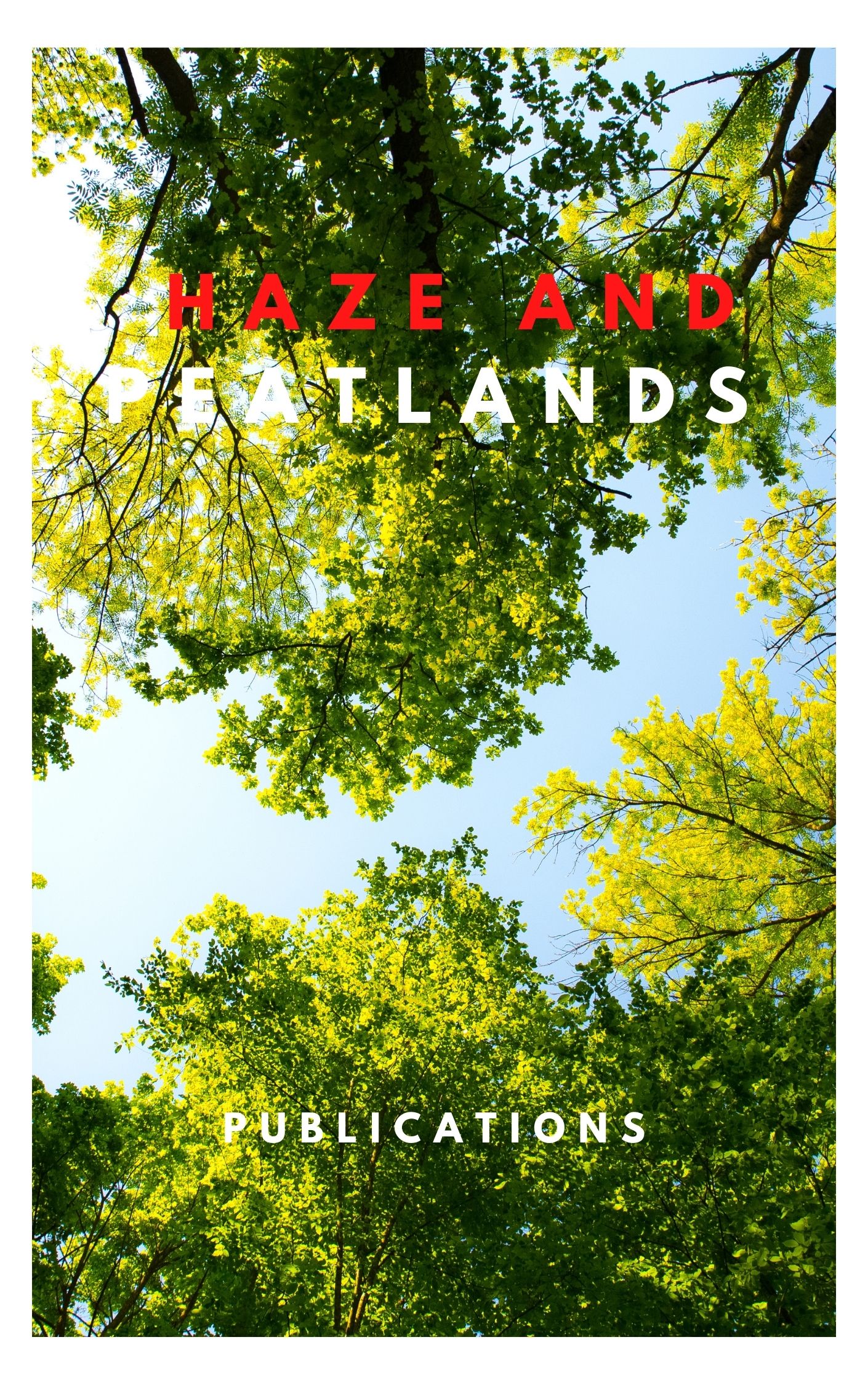Fertilizer plays a crucial role in the field of plantation industries. In pursuit of the sustainable development goals, the objective of this study is to analyse and compare the specific physical, chemical, and biological characteristics of peat soils found in oil palm between biofertilizer and chemical fertilizer treated plot. This study involved approximately 40 soil samples at Ladang Amanah Saham Pahang Berhad (ASPA), located in Sg. Miang, Pekan, Pahang, Malaysia. Block E and Block F were chosen to represent the biofertilizer (Plot E3) and chemical fertilizer (Plot F4). The samples were collected during Mid-June 2023 using random sampling techniques and prepared for soil chemical and biological analysis. Based on the findings, there were significant differences in soil pH, exchangeable phosphorus (P), ammonium-N (NH4+) and nitrate-N (NO3-) between chemical fertilizer and biofertilizer treated plot. Biofertilizer treated plot showed higher levels of total nitrogen (N), total carbon, exchangeable calcium (Ca), and magnesium (Mg) compared to chemical fertilizer treated plot. Chemical fertilizer treated plot showed lower cation exchange capacity (CEC) compared to biofertilizer treated plot Accordingly, this research suggested that peat soils' pH, available P, ammonium, and nitrate content were significantly affected by the long-term use of biofertilizer for oil palm plantations.
View source

